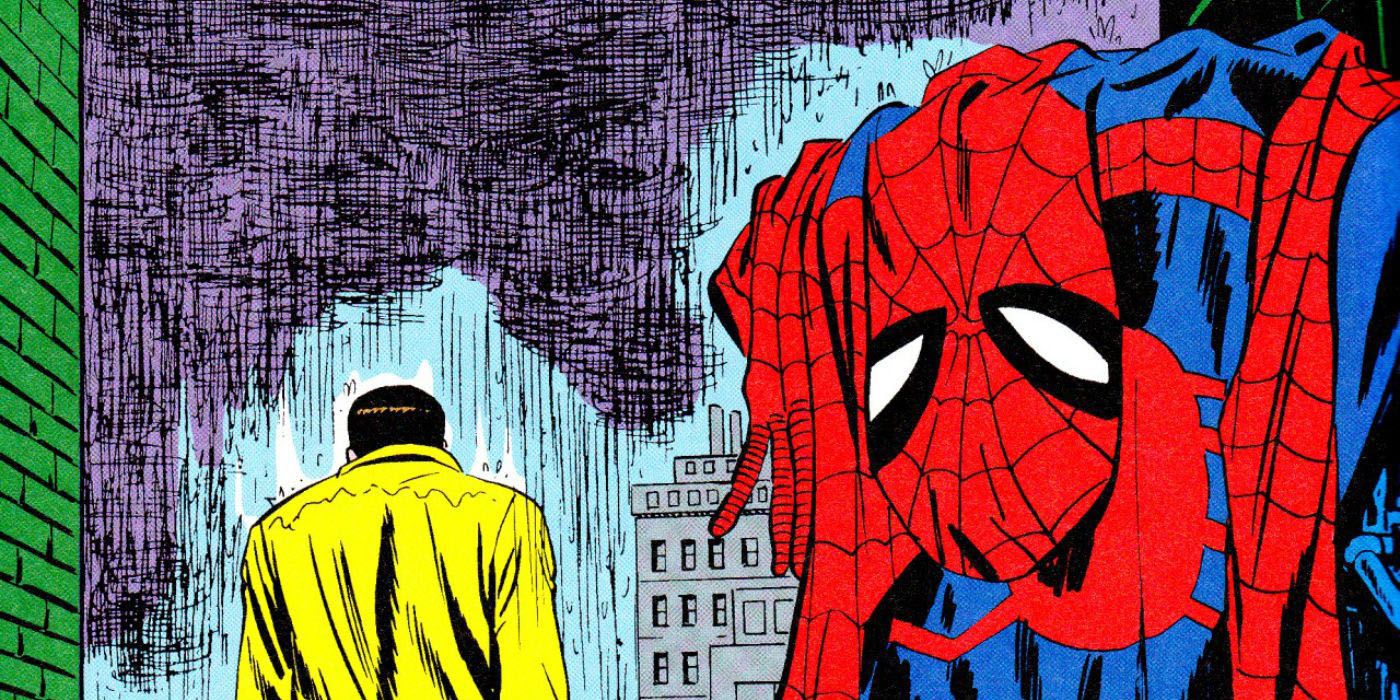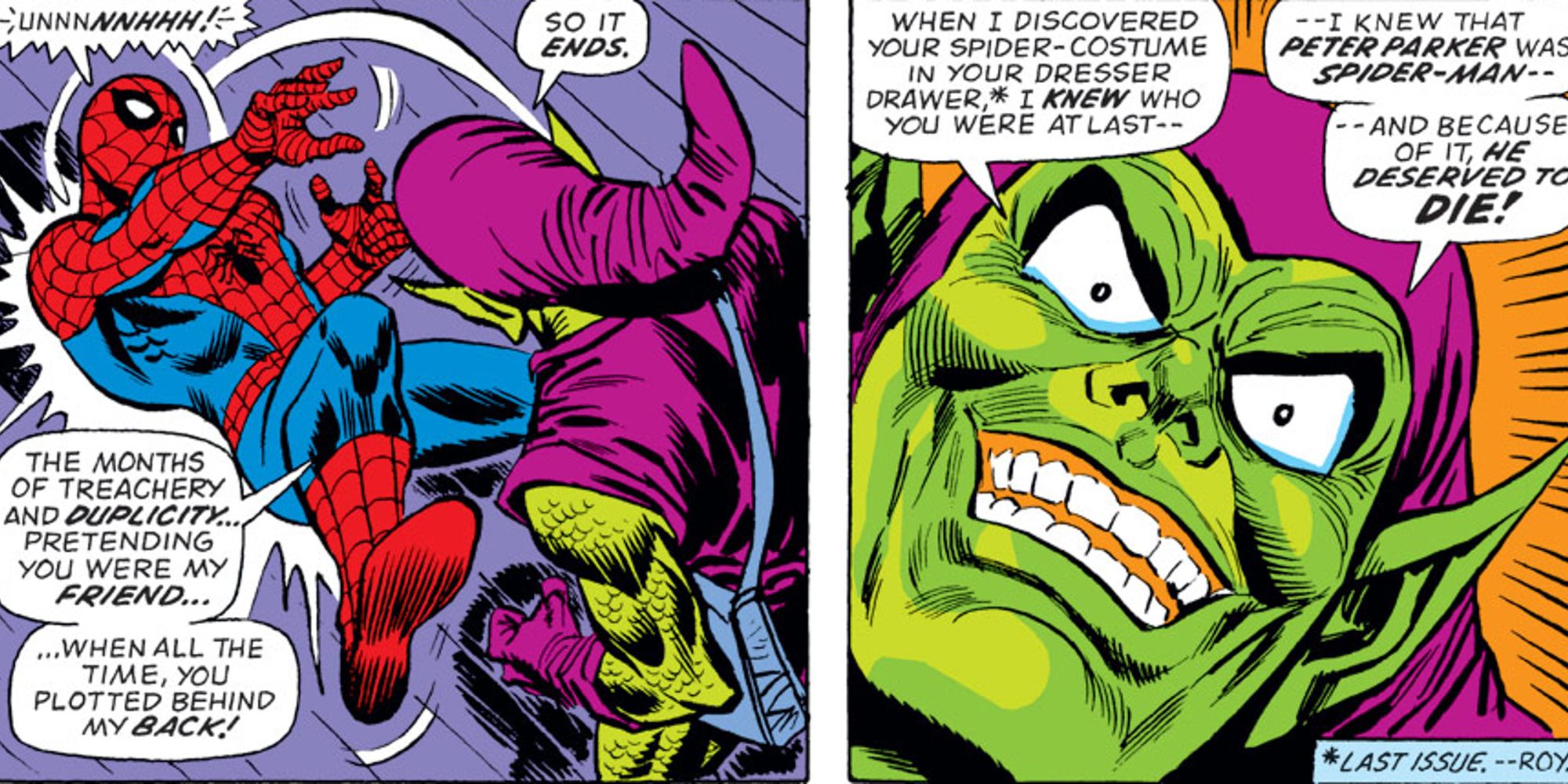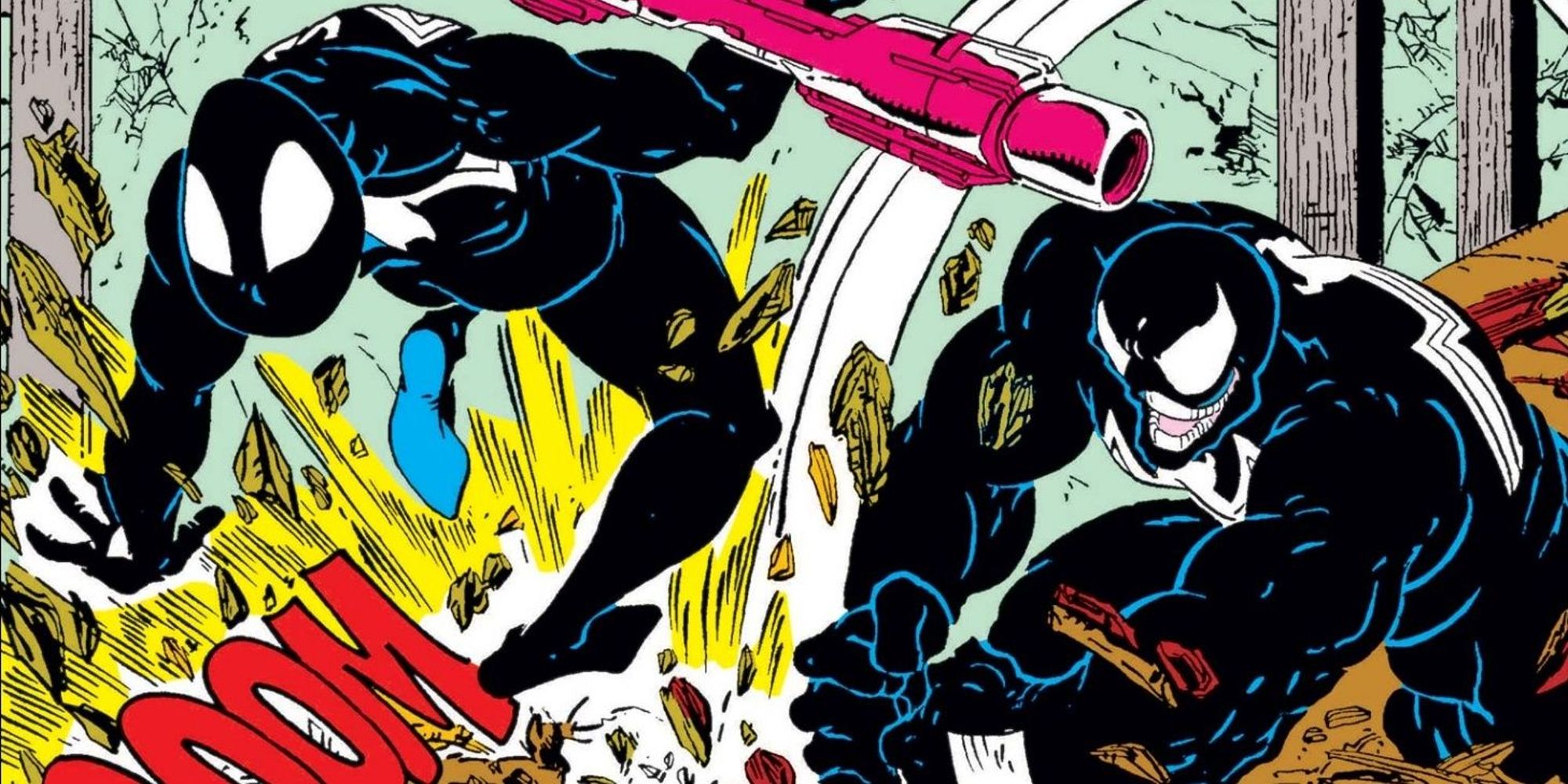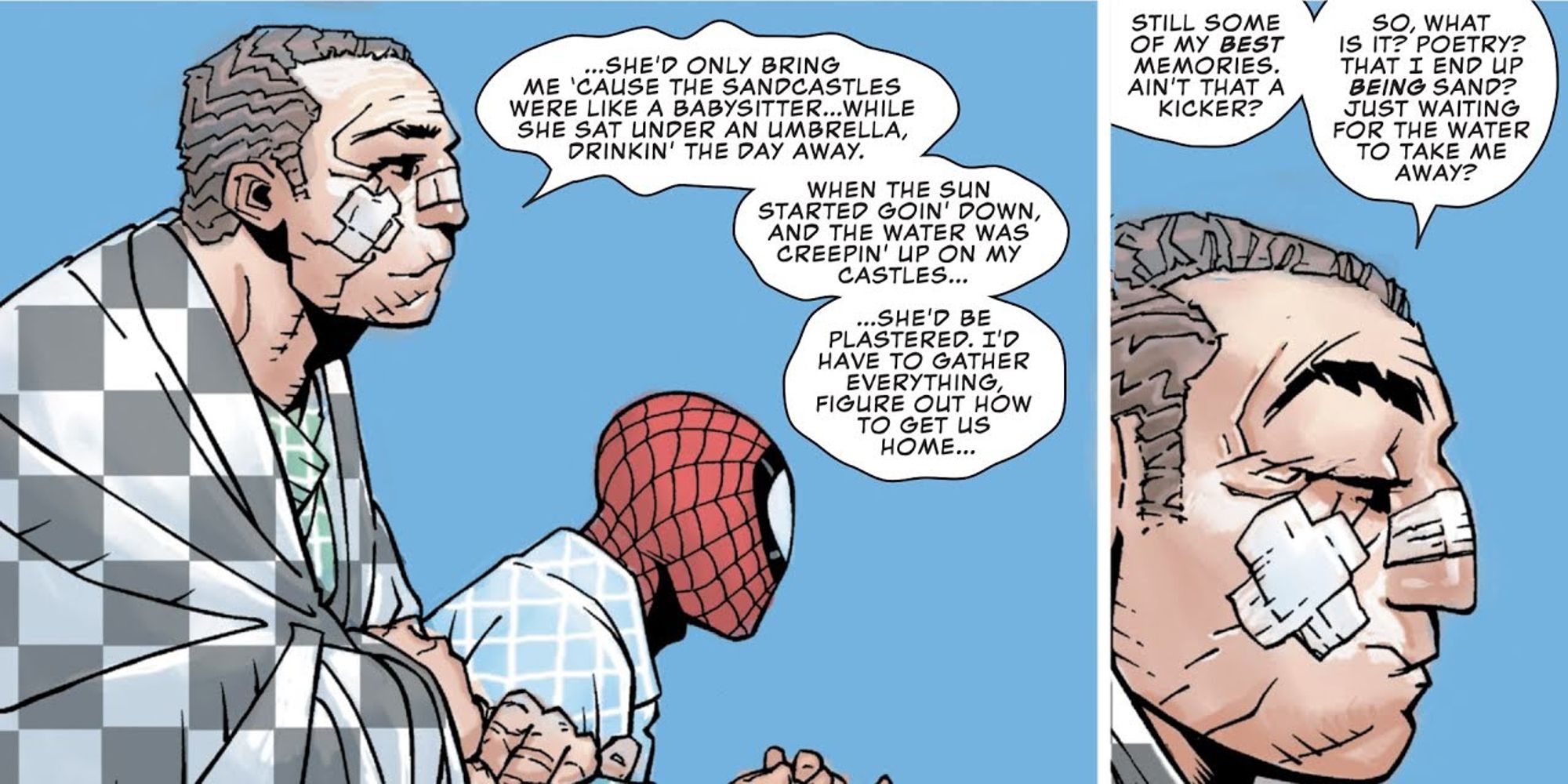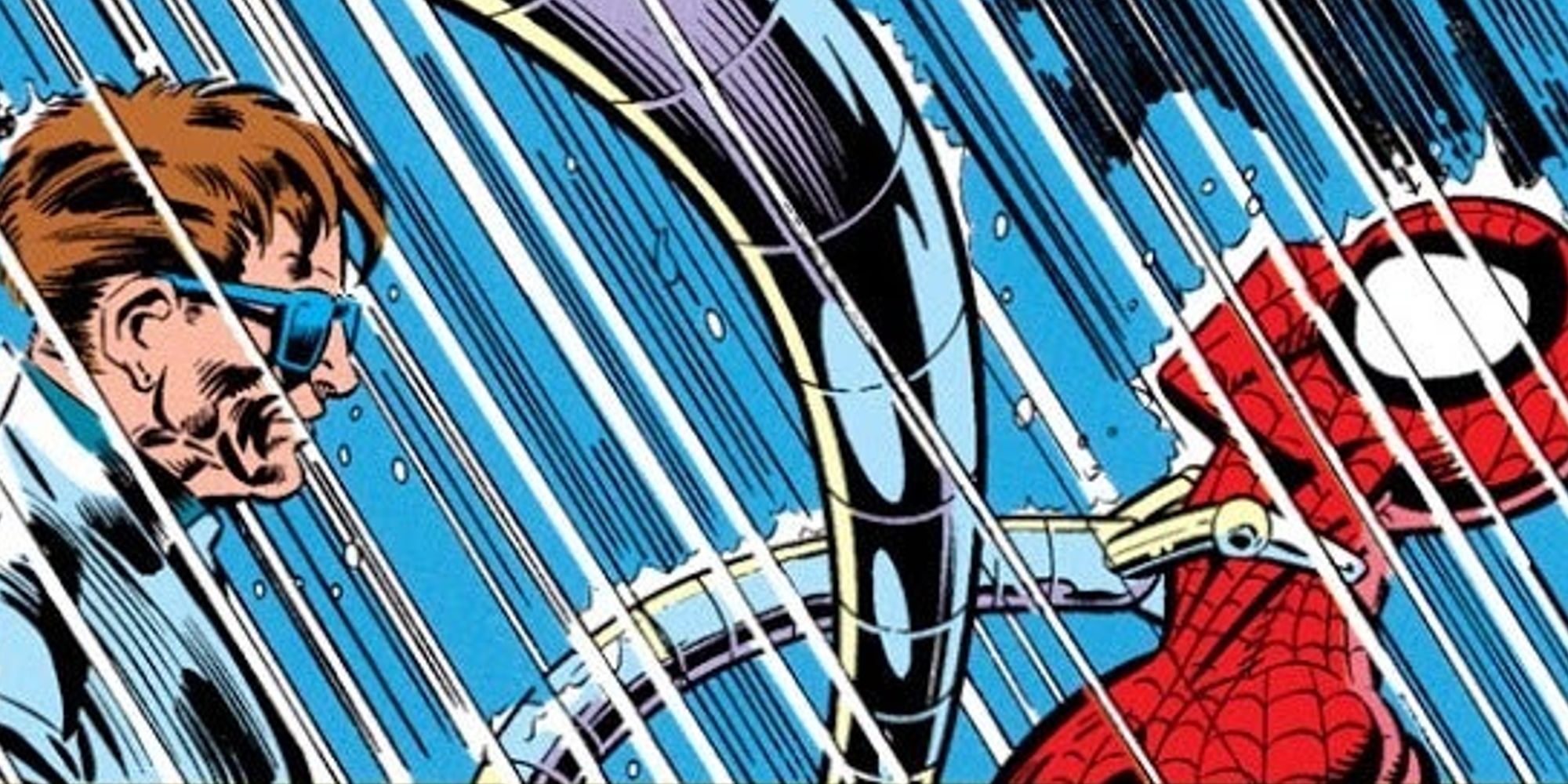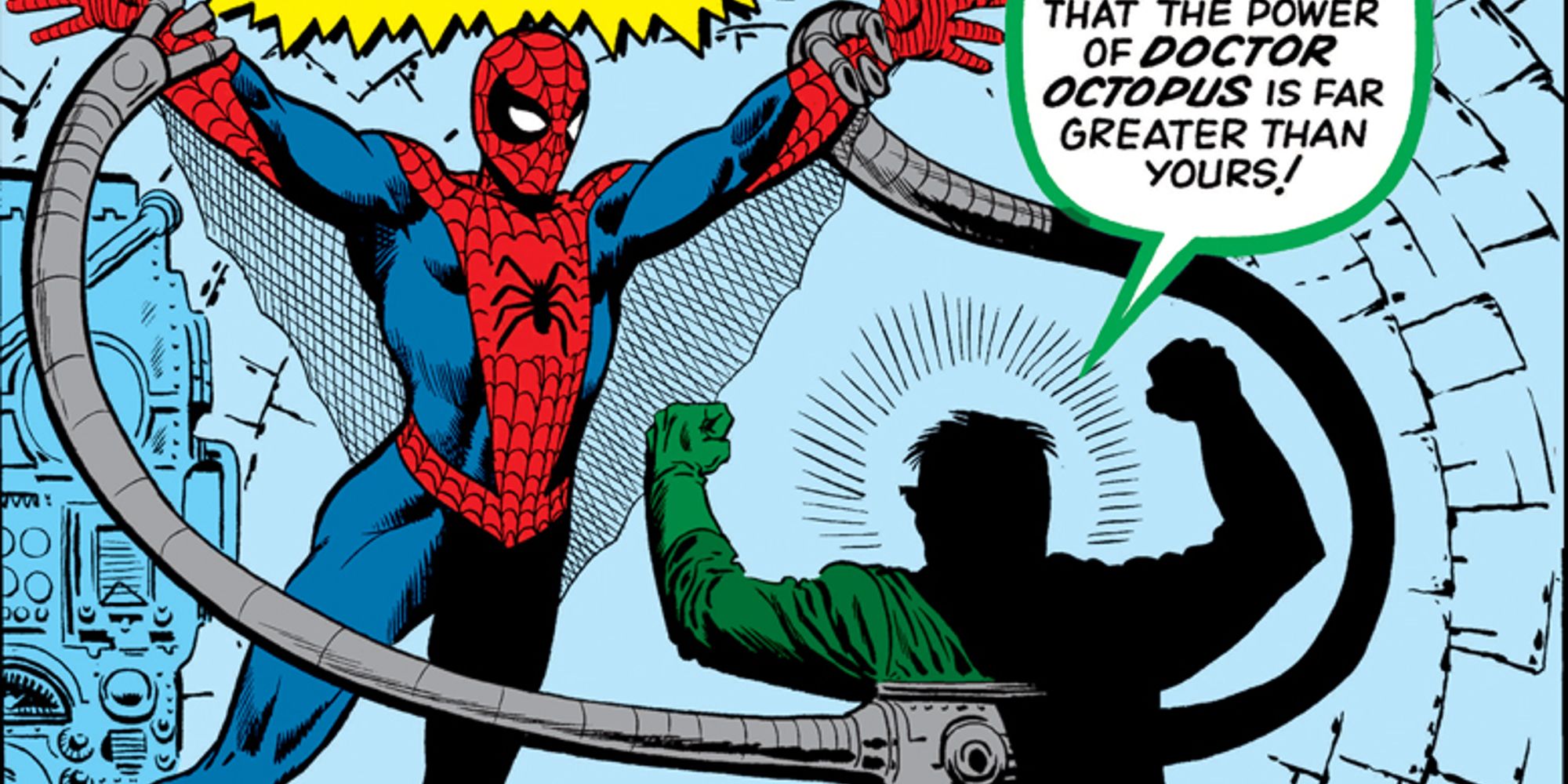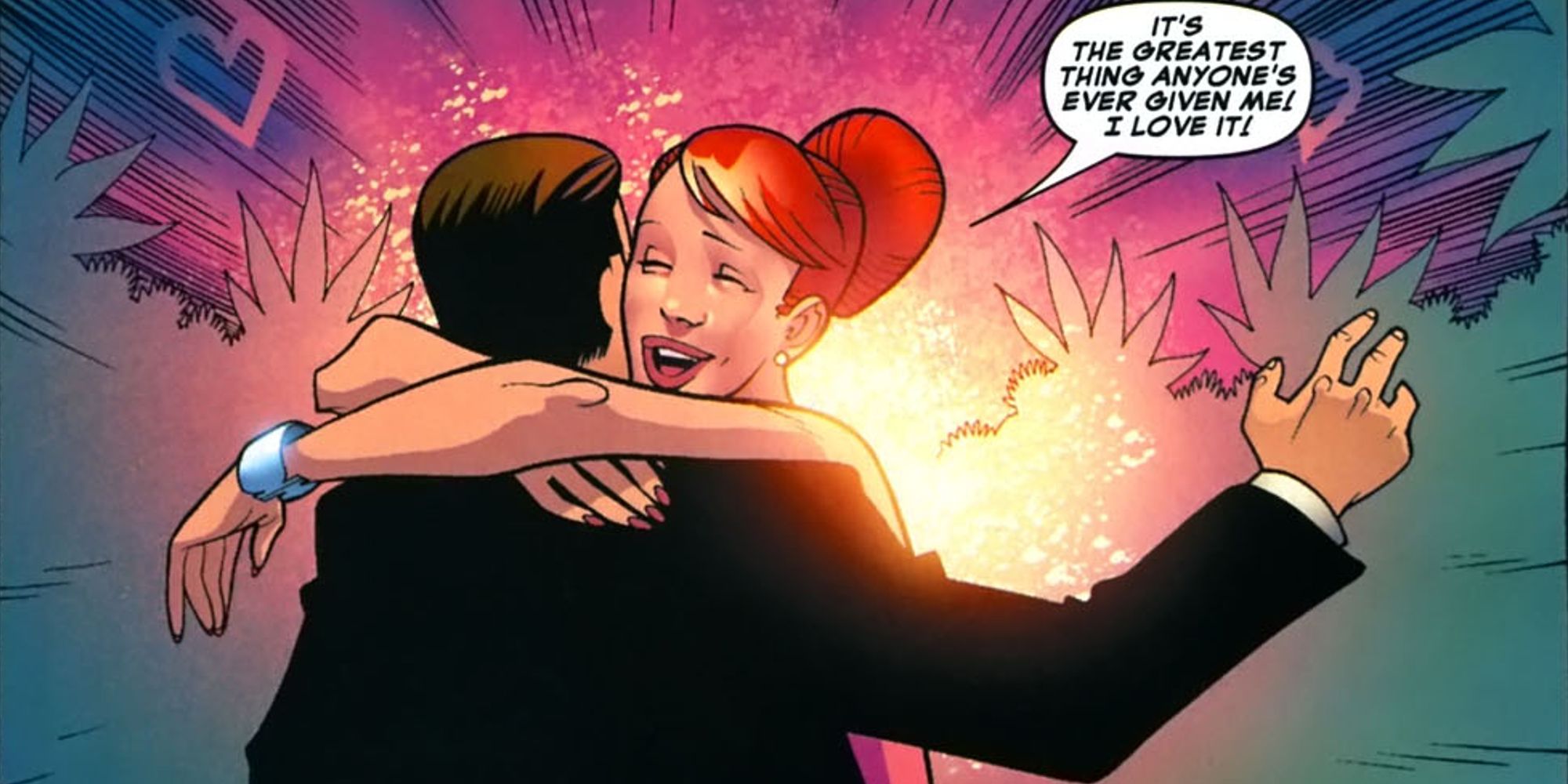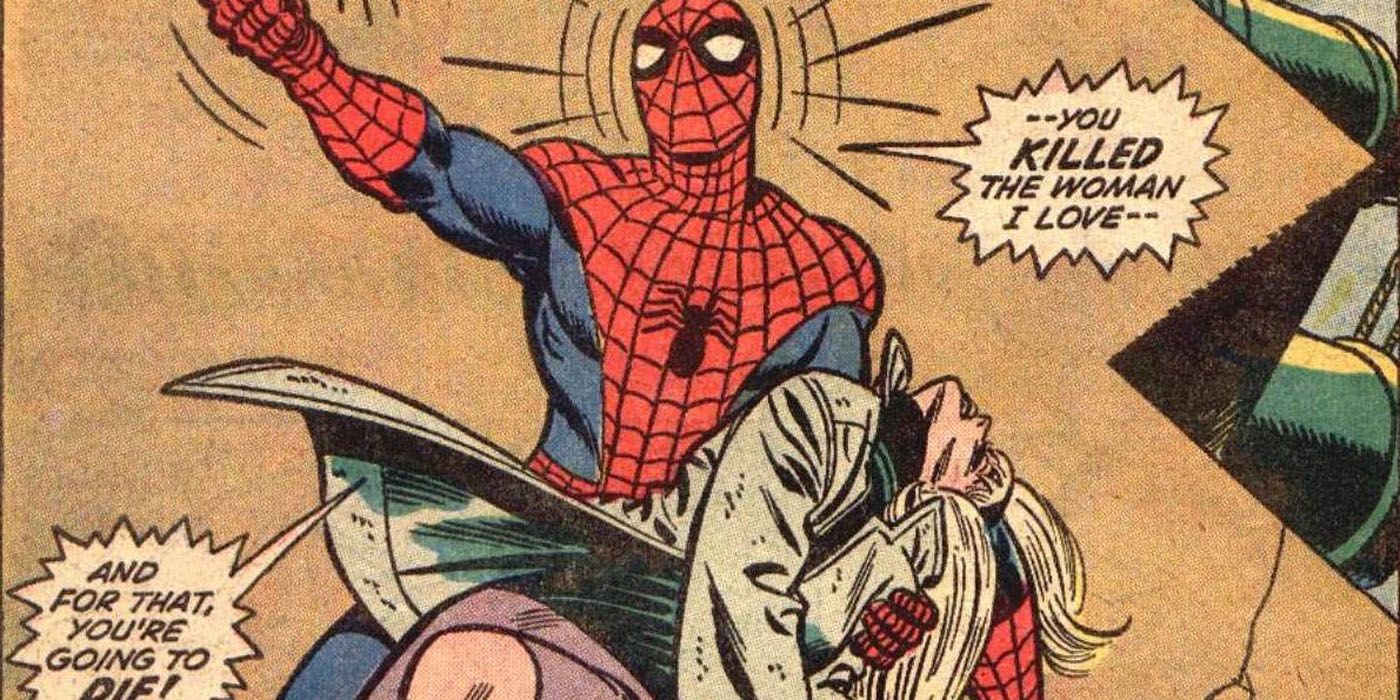With the original Spider-Man celebrating its 20th anniversary, now is the ideal time to read the comics that best reflect the films. The Sam Raimi trilogy of Spider-Man movies is vital in the evolution of comic book cinema, forever changing how they are made and perceived.
Fans would not have the juggernaut of the Marvel Cinematic Universe without the Sam Raimi trilogy. Like many comic book movies, the Spider-Man trilogy never directly adapted any comics but took inspiration from many comics. It would even go on to influence future comics.
Amazing Fantasy #15 (1962)
With the first Sam Raimi movie being an origin story, there's no better comic to start with than Amazing Fantasy #15. This was the comic in which Spider-Man made his first appearance; when Marvel doubted the idea of a spider-themed hero.
The people at Marvel Comics thought Stan Lee and Steve Ditko's idea of a teenage hero with spider powers was going to be a disaster. Now Spider-Man is practically the face of the Marvel universe in comics, films, animated shows, and video games.
Ultimate Spider-Man #1 (2000)
If Amazing Fantasy is a little too old-school, Ultimate Spider-Man #1 reintroduces Peter Parker for the 21st century. It matches the more epic tone of the Sam Raimi movies and retells the origin story of Peter Parker being bitten by a genetically altered spider instead of a radioactive one, similar to the film.
This would mark the beginning of the Ultimate universe and comic book writer Brian Michael Bendis would go on to evolve this version of Spider-Man into a familiar but fresh take on the character. Most famously, the Ultimate universe would end up creating Miles Morales who became such a fan favorite that he became part of the main Earth-616 canon.
Spider-Man No More! (1967)
Sam Raimi's films are not very comic book accurate, which is often a good thing. He created his own take on this universe much as Tim Burton did with Batman in the late 80s. However, he did respect the comics and paid homage to them with various scenes.
The shot of Peter Parker leaving the suit behind in the garbage and then walking off in Spider-Man 2 is directly taken from The Amazing Spider-Man #50. This storyline which lasted a couple of issues also featured a depressed Peter Parker giving up the moniker of Spider-Man.
The Amazing Spider-Man #136 (1974)
Harry Osborn becoming the New Goblin in Spider-Man 3 added to an already overstuffed plot, but it is true to the comics. In The Amazing Spider-Man #180, Harry Osborn follows in his father's footsteps and becomes the second Green Goblin.
It follows a similar structure as the Sam Raimi version with two best friends turned into enemies with Harry trying to avenge his father. It also shows the trauma of Harry's unfortunate relationship with Norman.
The Amazing Spider-Man #300 (1988)
It's not an uncommon opinion among fans that Spider-Man 3 did not do the symbiote suit and Venom justice, mostly became Sam Raimi was mandated to do it by the studio. It led to some memorable moments, such as the fight with Sandman, but it lacked compared to the comics.
Those wanting to see the birth of Venom should seek out The Amazing Spider-Man #300 which reveals Eddie Brock as the new wearer of the symbiote known as Venom. Even though Venom would end up becoming an anti-hero and one of the better hosts for the symbiote, this comic would become the beginning of an iconic rivalry.
Peter Parker: The Spectacular Spider-Man #308 (2017)
One of the best ways Sam Raimi deviated from the comics was when he took a typical thug villain such as Sandman and made him into one of the least evil Spider-Man movie villains. Sandman is often a contender for the best Spider-Man movie villain by fans.
Unfortunately, there are not many comics that mirror the film's version. However, with The Spectacular Spider-Man #308, Peter Parker befriends Flint Marko because the villain is dying from a disease that will turn him into nothing more than a pile of regular sand. It's a touching comic that shows that even Spider-Man has a personal connection to his villains.
Web Of Death (1994)
The Clone Saga was one of the most convoluted Spider-Man story arcs, but it has its place in comic history. For example, Spider-Man is actually saved by Doc Ock from his dark clone: Kaine Parker. Kaine then kills Doctor Octopus, making for what was a shocking death.
Though Doc Ock's sacrifice in Spider-Man 2 is much more of personal redemption, the death of such an iconic villain is a bold move. The Web Of Death is a compilation of The Amazing Spider-Man #397-398 and The Spectacular Spider-Man #220-221 because collecting comics can never be simple.
The Amazing Spider-Man #3 (1963)
Another contender for a favorite movie villain is Doc Ock, played by Alfred Molina. Doc Ock became such an iconic villain in Spider-Man 2 that he became one of the biggest draws in Spider-Man: No Way Home.
Ultimately, Doc Ock was one of the earliest Spider-Man villains. He made his debut in The Amazing Spider-Man #3 and while he may not be nearly as complex as Molina's version, Doctor Octopus left an impact; today he is still one of Spider-Man's most iconic foes.
I (Heart) Marvel: Web Of Romance (2006)
Most if not all fans can agree that Mary Jane Watson was an unlikable love interest of Peter Parker's in the Sam Raimi trilogy. It got to the point where their relationship was downright toxic especially as the two have a loving relationship in the comics.
A better example of their relationship is the Valentine's Day special titled I (Heart) Marvel: Web Of Romance. It has a very simple premise: Peter is trying to find the right gift for his wife Mary Jane, and it is executed in a rather adorable fashion.
The Amazing Spider-Man #121 (1973)
There are plenty of memorable Green Goblin arcs to choose from that cement him as Spider-Man's greatest foe. However, it's the story of The Night Gwen Stacy Died that forever showed that Green Goblin was more than a man in a mask, he was pure evil.
This was translated into live-action rather well with Willem Dafoe's take on Norman Osborn, portraying the Green Goblin as a twisted alternate personality. The first Raimi film takes from this story arc with Goblin attempting to kill Mary Jane by dropping her from a bridge.

.jpg)
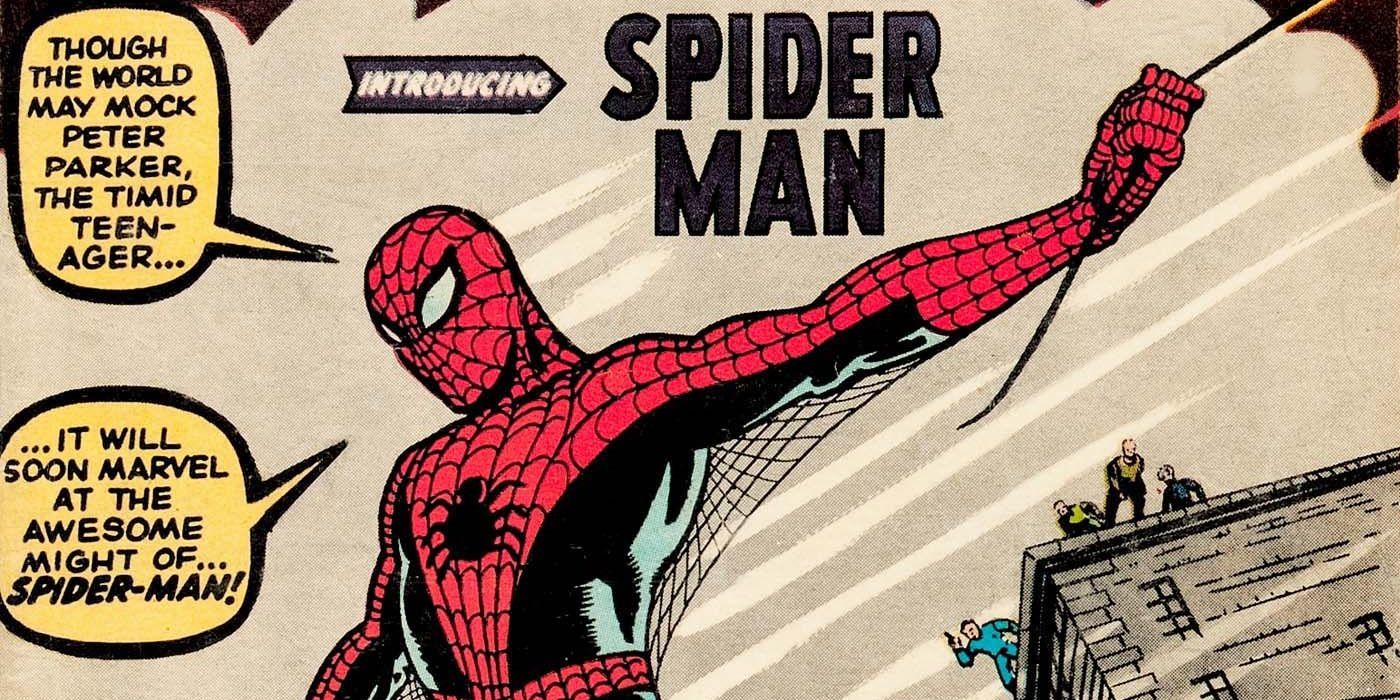
.jpg)
